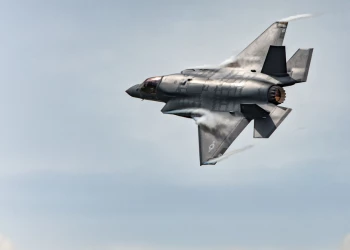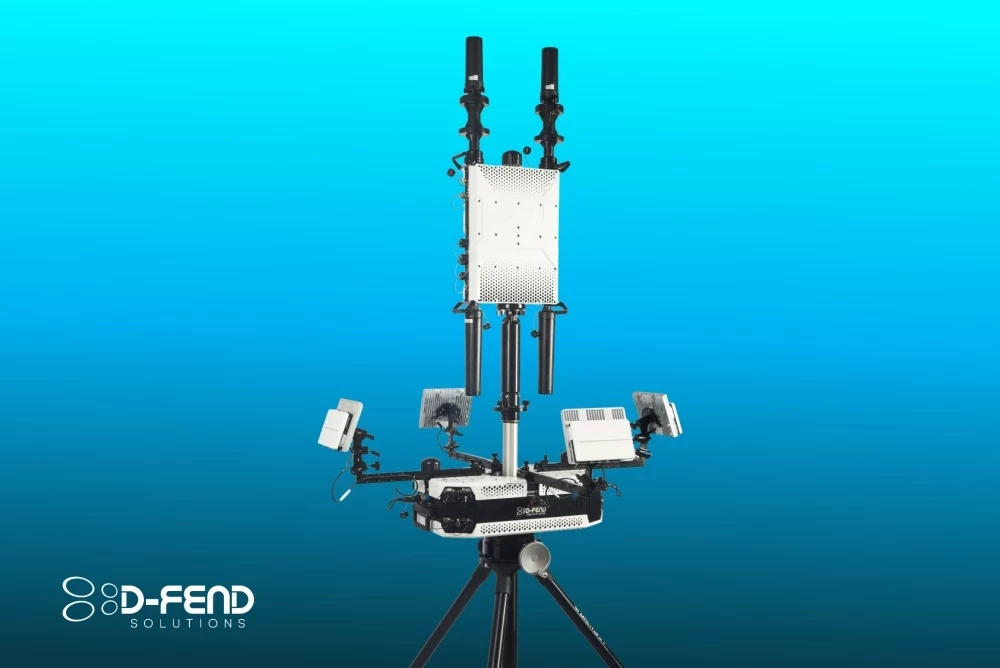Defense News Digest: Week of June 10th
Add bookmark
Welcome to IDGA’s weekly news roundup. For over two decades, IDGA has organized conferences designed to further the national security objectives of the current administration and to facilitate the acquisition priorities of the DoD, DHS, and other federal agencies. Now, through this weekly series, we look to educate the community on the latest research, program updates and news in the defense and government sector.
This week we will be looking at a variety of topics, including key changes to U.S. defense spending, new AI initiatives in the Air Force, and more.
House Committee releases FY25 Defense Appropriations Bill
The House Appropriations Committee released a $833 billion fiscal 2025 defense spending bill on June 4. This week, reporting by Politico has found that the committee’s bill shows $1.4 billion worth of cuts across the military services for a topline of nearly $146 billion. Meanwhile, the Pentagon’s collective R&D budget will grow by $2.8 billion for a new topline of $146 billion. Additionally, spending on military personnel will expand by $1.8 billion to a new total of $183.7 billion.
Air Force announces new AI initiatives
This past week, the Department of the Air Force announced two initiatives leveraging AI to improve operations and efficiency. The first is a new generative AI tool called the Non-classified Internet Protocol Generative Pre-training Transformer, or NIPRGPT, that is being developed in collaboration with the Space Force. While the project has several goals, among the primary is to provide the secure and efficient use of language models within sensitive and classified environments. As the tool begins to be rolled out to service members, the Air Force will work alongside commercial partners to understand if the department has a real need for generative AI.
The other AI-based development for the Air Force came from a Qatar-based Air Force task force. Task Force 99 has been experimenting on unmanned systems with 3D printing and AI. The AI software the task force developed uses data to compute how far a drone can fly given the payload it’s carrying. Due to “OPSEC reasons,” the commander of Task Force 99 could not confirm if the AI software will be made operational across the Air Force.
Task Force 99 has been working with Blue Horizons, an Air Force chief of staff-chartered fellowship program, and hired Titan Dynamics, a California-based company.
Army Science Board prepared to reveal findings on human-machine integration
The Army Science Board (ASB) will present its findings and recommendations on several studies at its summer voting session in Irvine, CA next month, according to a Federal Register notice. One key study, "Future Human Machine Integration in the Army," will be reviewed, deliberated, and voted on in an open session on July 12. This study aligns with the Army's modernization efforts led by Army Futures Command Commanding Gen. James Rainey.
Human-machine integration refers to the integration of robotic elements to a total formation that is more capable than the sum of either human or robotic elements alone.
The ASB will also review a classified FY-24 study on “Transformation of Intelligence Processing, Exploitation, Dissemination” related to Army warfighting requirements in a closed session. Additionally, the board will discuss an unclassified study on “Enhancing Beneficial Use of Dredged Materials via US Army Corps of Engineers Programs and Projects.”
Space Force to begin using commercial satellites
Maj. Gen. Gregory Gagnon announced Wednesday that the Space Force is planning to enhance its in-space monitoring capabilities by utilizing commercial satellites for space-to-space imagery. Previously the division relied on ground-based sensors, but now the Space Force is collaborating with DARPA on the Space-WATCH initiative to encourage commercial satellites to monitor nearby activities.
The decision to use commercial satellites enables progress in integrating commercial data, which significantly enhances space monitoring capabilities. It also encourages industry focus on improving data processing and analysis rather than duplicating existing systems. The Space Force is actively seeking industry ideas for developing satellites capable of detecting, tracking, and engaging in proximity operations.
Army training event to pit robotic vehicles against enemy forces
This summer the Army is planning to have Robotic Combat Vehicles (RCV) fight against opposing forces during training rotations, according to Defense News.
At the National Training Center, a unit from Fort Stewart, Georgia, will face off against an RCV platoon, while a unit from Fort Riley, Kansas, will incorporate the same RCV platoon into their forces. This exercise marks a significant step in evaluating how robotic capabilities can be leveraged against and alongside traditional forces.
The Army aims to field the first RCV unit by fiscal year 2028, following a production decision in FY27. Efforts are also underway to prototype control vehicles using various existing platforms, with feedback from soldiers being crucial to refining these systems.

























